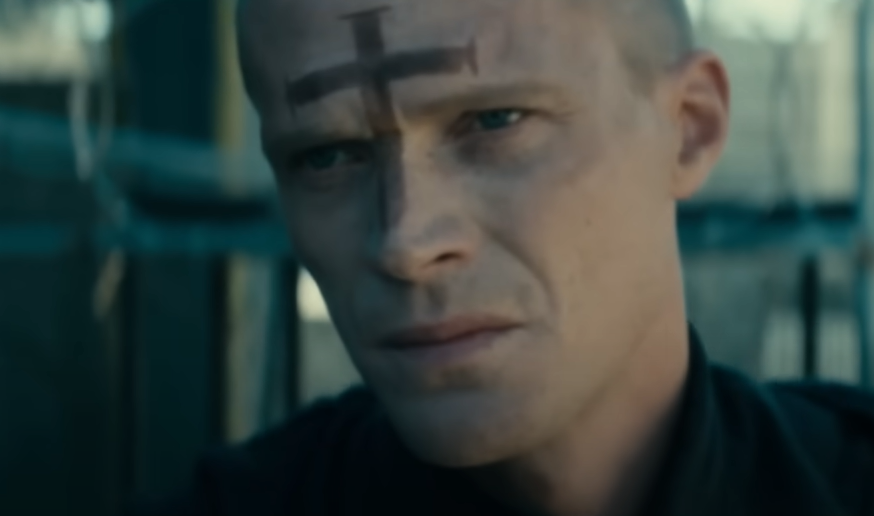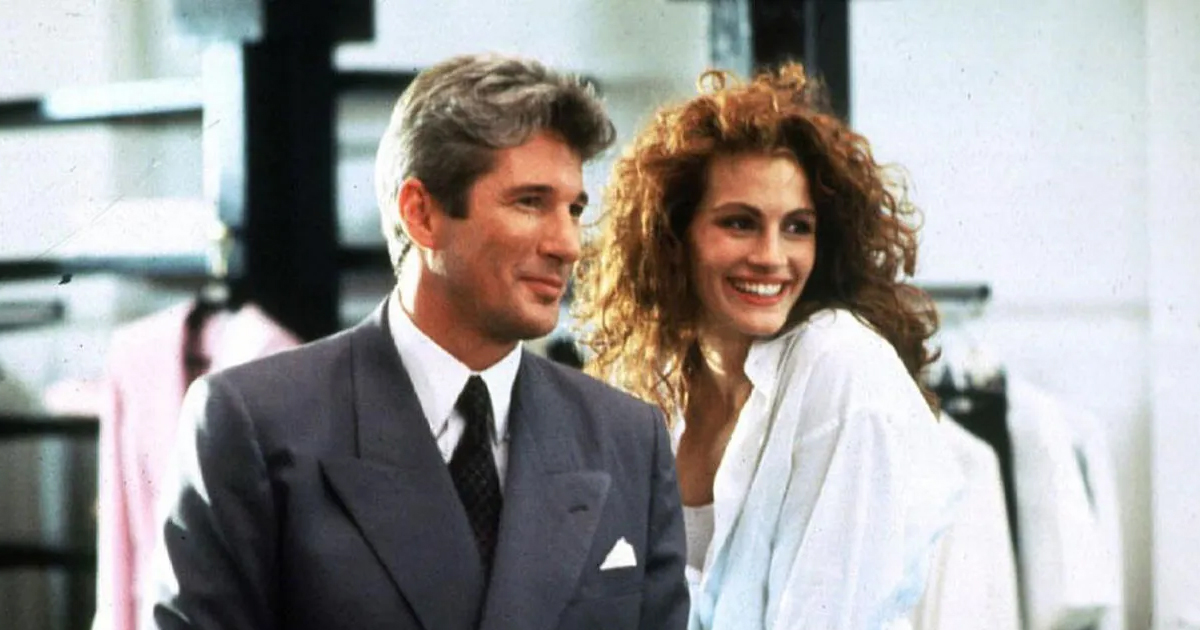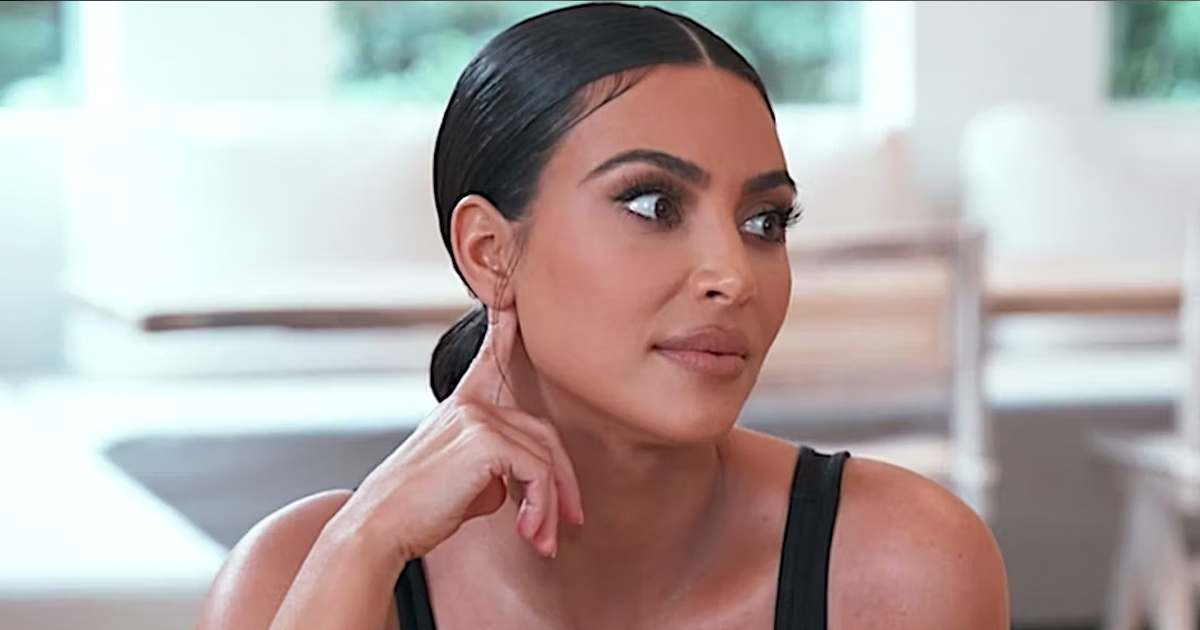Bloodsuckers
The concept of a vampire is one of the oldest myths in the world, with many stories that vary on the creature’s specifics. So, it makes sense that over the years, filmmakers have created a range of films that mirror how diverse the historical legends are—beyond just Dracula.
Shadow Of The Vampire (2000)
Shadow of the Vampire presents a fictionalized behind-the-scenes look at the original Nosferatu. It follows Max Schreck, played by Willem Dafoe, who everyone realizes is a bit too good at playing his vampiric role. This meta piece of historical fiction has been well-praised but, in terms of Dracula adaptations, there’s an earlier, far more famous film.
 CEA Studios, Shadow of the Vampire (2000)
CEA Studios, Shadow of the Vampire (2000)
Dracula (1931)
The 1931 Dracula follows the story of the eponymous novel, where the Count travels to London to set up residence. It stars horror legend Bela Lugosi as Dracula, contributing to the most popular depiction of him, and vampires in general. Of course, there have been other iconic Dracula portrayals.
Horror Of Dracula (1958)
Another beloved performance of Dracula comes from an equally legendary actor, Christopher Lee. Horror of Dracula was his first movie and is a retelling of the Dracula legend with altered events and characters. Lee had around seven minutes of screen time, but it was enough for him to play the character in six more sequels.
 Universal, Horror of Dracula (1958)
Universal, Horror of Dracula (1958)
Bram Stoker's Dracula (1992)
On the other hand, many believe that a later film is the best adaptation of the legend of Dracula. Bram Stoker’s Dracula starred Gary Oldman and once again told the novel’s story but with more accuracy. The performance from Oldman, paired with practical effects and stunning visuals made a truly horrifying masterpiece.
 Columbia, Bram Stoker's Dracula (1992)
Columbia, Bram Stoker's Dracula (1992)
The Last Voyage Of The Demeter (2023)
A unique take on Dracula, The Last Voyage of the Demeter focuses on a smaller part of the original story, when the Count travels overseas. The film follows the crew of the Demeter, as they realize they’re carrying at least one more passenger than they thought.
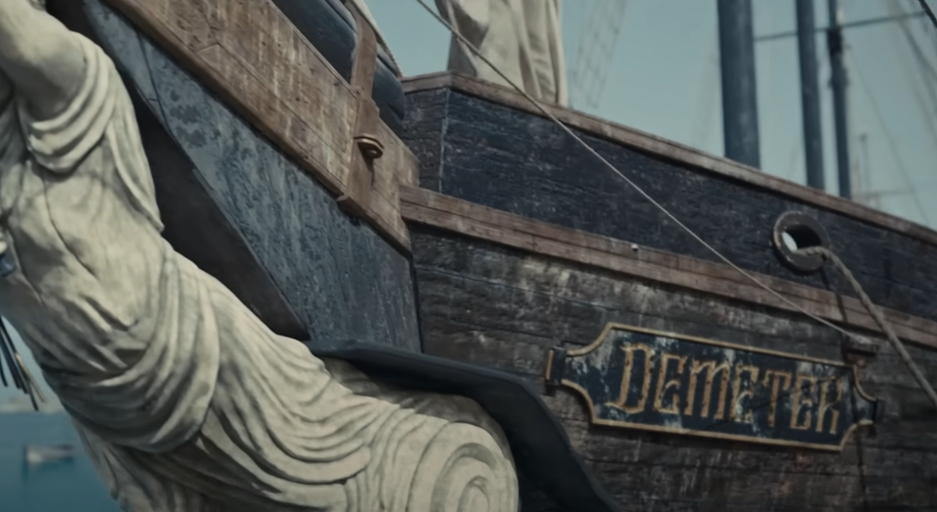 Universal, The Last Voyage of the Demeter (2023)
Universal, The Last Voyage of the Demeter (2023)
Dracula Untold (2014)
It’s widely believed that Dracula was based on the real-life historical figure, Vlad the Impaler. Dracula Untold attempts to bridge the gap between fiction and history by offering an origin for the character that has seen much more recent appreciation. Not every Dracula adaptation has to be dark and gloomy, however.
 Universal, Dracula Untold (2014)
Universal, Dracula Untold (2014)
Dracula: Dead And Loving It (1995)
Often overlooked in these conversations is this horror spoof. While poking fun at the myth as a whole, it mainly plays off of Bram Stoker’s Dracula to create a hilarious parody. However, Leslie Nielsen and Mel Brooks aren’t the only comedy legends.
 Gaumont, Dracula: Dead And Loving It (1995)
Gaumont, Dracula: Dead And Loving It (1995)
Abbott And Costello Meet Frankenstein (1948)
Vampire parodies aren’t new, as famed comedy duo Abbott and Costello faced Dracula himself in one of their films. Abbott and Costello Meet Frankenstein surprisingly features both the Wolf Man and Dracula as main characters. This wouldn’t be the last comedic Dracula appearance, though.
 Universal, Abbott And Costello Meet Frankenstein (1948)
Universal, Abbott And Costello Meet Frankenstein (1948)
Renfield (2023)
Renfield takes the core of the Dracula story into the modern day, following the titular servant of Dracula as he realizes how bad their relationship is and decides to get out. The result is a violent, gory, and fun interpretation where Nicolas Cage and Nicholas Hoult showcase their talents for comedy.
Fright Night (1985)
A true horror-comedy classic, Fright Night tells the story of a high schooler who suspects that his neighbor is a vampire and enlists the help of a TV host to hunt the creature down. Although it led to sequels and remakes, this original film is considered the best. However, this is far from the only ‘80s vampire comedy.
The Lost Boys (1987)
The Lost Boys follows a family that moves to a new town when the two brothers get involved with some shady residents. It’s full of 1980s charm and camp, while still delivering some pretty scary vamps. Despite being a cult classic, it became a staple of the subgenre with many films pointing back to it, including this next film.
 Warner Bros., The Lost Boys (1987)
Warner Bros., The Lost Boys (1987)
What We Do In The Shadows (2014)
Taika Waititi’s take on vampires pokes fun at itself, while not becoming a complete parody. What We Do in the Shadows is a mockumentary that focuses on three vampires living together in modern-day New Zealand. This all-time favorite is full of references, and hilariously quotable dialogue while feeling completely authentic.
 Unison Films, What We Do In The Shadows (2014)
Unison Films, What We Do In The Shadows (2014)
Abigail (2024)
A more recent addition, Abigail brings a fresh story that audiences are already calling one of the greats. It follows a group who are hired to take a girl for ransom, but come to realize that it’s more than they signed up for. However, every good vampire needs a hunter, just like in this next movie.
 Project X Entertainment, Abigail (2024)
Project X Entertainment, Abigail (2024)
Buffy The Vampire Slayer (1992)
Not all films have to be groundbreaking masterpieces—sometimes all they need to be is fun. Buffy the Vampire Slayer may feel like it belongs in the prior decade, but it carries a certain goofy charm that lands it among other great vampire movies. Plus, it was enough to spawn an—albeit more successful—television series.
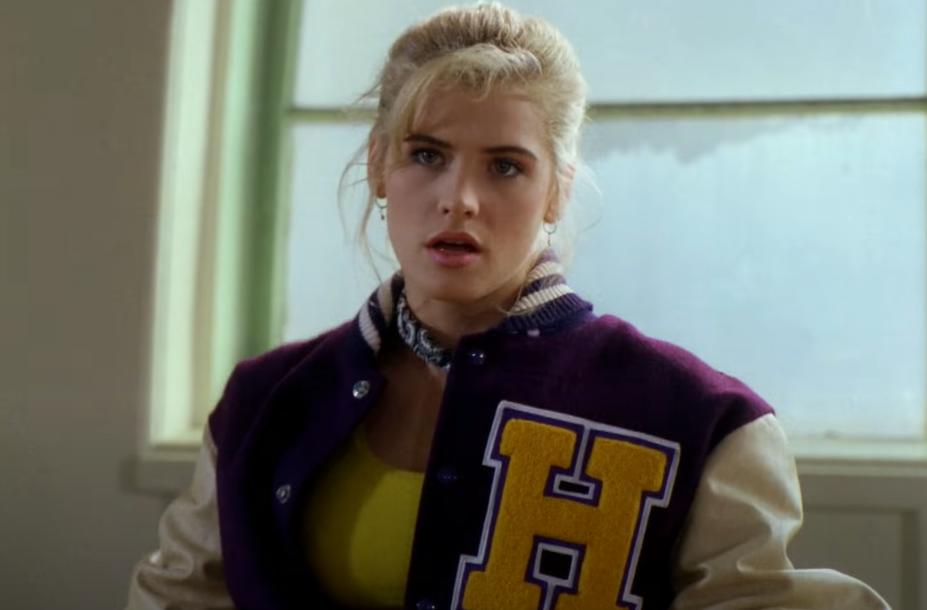 Twentieth Century, Buffy the Vampire Slayer (1992)
Twentieth Century, Buffy the Vampire Slayer (1992)
Day Shift (2022)
Day Shift may suffer from a cliche plot about a vampire hunter whose family is kidnapped. However, that doesn’t stop it from being a wildly entertaining ride from start to finish. The action scenes and performances alone are enough reason to be on this list, but there are still many more films about vampire slayers.
Blade (1998)
Considered the first successful Marvel movie, Blade follows the titular vampire slayer from the comics. Wesley Snipes’ performance is stone-cold iconic, with all the gory, over-the-top fight sequences anyone could ask for. However, vampire hunters don’t only exist in Western literature.
Vampire Hunter D (2000)
Based on one of history’s best-selling book series, the anime film Vampire Hunter D follows a girl who hires a hunter to slay the vampire that bit her. Early anime movies often flew under the radar, but this film paved the way for much of what we know as horror anime today.
 Madhouse, Vampire Hunter D: Bloodlust (2000)
Madhouse, Vampire Hunter D: Bloodlust (2000)
Abraham Lincoln: Vampire Hunter (2012)
Abraham Lincoln: Vampire Hunter is exactly what it says on the tin. This film about the sixteenth President’s secret life as a vampire slayer might take itself a bit too seriously at times, but it remains a fun historical fiction experience. Obviously, some of the best vampire movies thrive in the action genre.
 Twentieth Century, Abraham Lincoln: Vampire Hunter (2012)
Twentieth Century, Abraham Lincoln: Vampire Hunter (2012)
From Dusk Till Dawn (1996)
An early film of both Robert Rodriguez and Quentin Tarantino, From Dusk Till Dawn has all the recognizable qualities of both. It follows a pair of fugitives as they hide in a truck stop, the patrons of which end up being more deadly than expected. It’s a mix of different subgenres that create a chaotic, bloody, fantastic ride.
 Dimension Films, From Dusk Till Dawn (1996)
Dimension Films, From Dusk Till Dawn (1996)
30 Days Of Night (2007)
Ever since Nosferatu, sunlight has been one of the most effective measures against the undead, but what if that’s not an option? The horrifying film 30 Days of Night follows a small town in Alaska as they enter their yearly month-long night, which allows a group of vampires to begin their hunt. Still, the setting of complete darkness is present in many vampire films.
 Columbia, 30 Days of Night (2007)
Columbia, 30 Days of Night (2007)
Underworld (2003)
Spawning four sequels, the first Underworld is considered the best in the franchise. It features Kate Beckinsale as Selene, a vampire assassin caught in a centuries-long conflict against werewolves—known as lycans. It’s a gritty, action-packed film that pits two of mythology’s greatest monsters against each other.
 Screen Gems, Underworld (2003)
Screen Gems, Underworld (2003)
Priest (2011)
Priest takes place in a future following a human-vampire conflict, where a Warrior Priest is trying to save his niece kidnapped by vampires. Ignoring the similarities to John Wayne’s The Searchers, it’s a fun post-apocalyptic vampire movie, but it’s not the only one.
Stake Land (2010)
Stake Land is an underrated vampire film that treats its setting more like that of a zombie apocalypse. It follows a group of survivors as they travel north, with the hopes of finding safety from the vampire epidemic that has spread across the country. However, this isn’t the first film to portray vampirism as a disease.
 Glass Eye Pix, Stake Land (2010)
Glass Eye Pix, Stake Land (2010)
Daybreakers (2009)
Both dystopian and post-apocalyptic, Daybreakers sees a world where a vampiric plague almost destroyed humanity, leaving vampires on top. They then face humanity’s imminent end, which means the destruction of their food supply. It’s a fascinatingly uncommon look at the concept as it takes a more sympathetic viewpoint of the undead, like this next film.
I Am Legend (2007)
While not traditional vampires, the creatures in I Am Legend are called so since they cannot survive in the sun and are more vampiric in the original novel. The film follows a human survivor of a plague that took out most of the world as he tries to develop a cure. It’s a scary, thrilling, and heart-wrenching story that’s beloved by audiences.
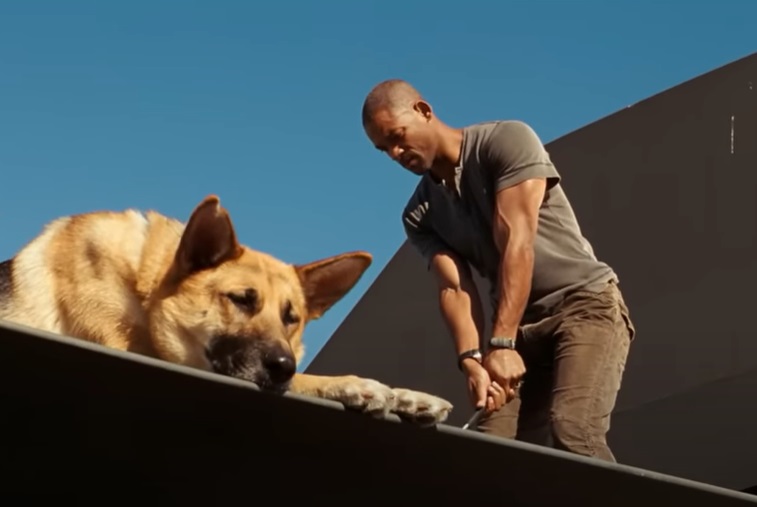 Warner Bros., I Am Legend (2007)
Warner Bros., I Am Legend (2007)
Vampyr (1932)
An older vampire film that stands out among the subgenre, Vampyr is a Danish film that had a surprising impact on horror. It tells the story of a drifter obsessed with the supernatural, who tries to save a girl from being turned into a vampire. Despite its age, it features truly nightmarish visuals that would inspire a lot of popular horror imagery.
 Tobis Filmkunst, Vampyr (1932)
Tobis Filmkunst, Vampyr (1932)
Let The Right One In (2008)
Let the Right One In is a Swedish film that follows a boy as he befriends the girl next door, who seems to have a deadly secret. It has been praised for its unorthodox approach, and for being both tragic and terrifying. This proves that some of the best vampire movies can be found outside of North America.
 Sveriges Television, Let the Right One In (2008)
Sveriges Television, Let the Right One In (2008)
Black Sunday (1960)
This Italian movie follows the story of a resurrected vampire who searches for a current-day Princess to possess her body. Having been made after an Italian ban on horror was lifted, its beautiful and haunting gothic imagery became an impactful piece of cinematic history.
 Galatea Film, Black Sunday (1960)
Galatea Film, Black Sunday (1960)
Cronos (1993)
Guillermo del Toro is a master of horror and a filmmaker who frequently uses allegory in his films. As such, Cronos is about more than an antiques dealer gaining eternal life—along with a hunger for blood—as it mirrors the story of Jesus Christ too. However, this exploration of vampiric immortality is not only present in this film.
Only Lovers Left Alive (2013)
Only Lovers Left Alive is another film that portrays modern-day vampires, but this time focusing on their immortality. It follows two vampires who rekindle their love, only for it to be tested when the sister of one throws their relationship into chaos. The classic edgy and broody nature of vampires is questioned in both a comedic and emotionally intelligent way.
 Recorded Picture Company, Only Lovers Left Alive (2013)
Recorded Picture Company, Only Lovers Left Alive (2013)
Byzantium (2012)
Byzantium flips the script on classic gothic vampire stories, specifically the trope of vampire brides being reduced to servants. Instead, this story focuses on a mother and daughter who arrive in a seaside town, only for their past to catch up to them. It’s a stunning and powerful story of sacrifice in the face of suffering.
 Number 9 Films, Byzantium (2012)
Number 9 Films, Byzantium (2012)
Thirst (2009)
This Korean film follows a priest who nearly dies during a medical procedure before a transfusion of vampire blood saves him. Unlike other films about centuries-old vampires or those that hunt them, Thirst explores the horrific transformation of a human-turned-vampire, but it’s not the only one.
 CJ Entertainment, Thirst (2009)
CJ Entertainment, Thirst (2009)
Martin (1978)
George A Romero is another one of the great horror directors, mostly known for his zombie movies. However, an earlier film of his featured a man who believes he’s a vampire and tries everything to save his soul. The story effectively portrays the psychosis of its characters—in no small part due to the amazing performances.
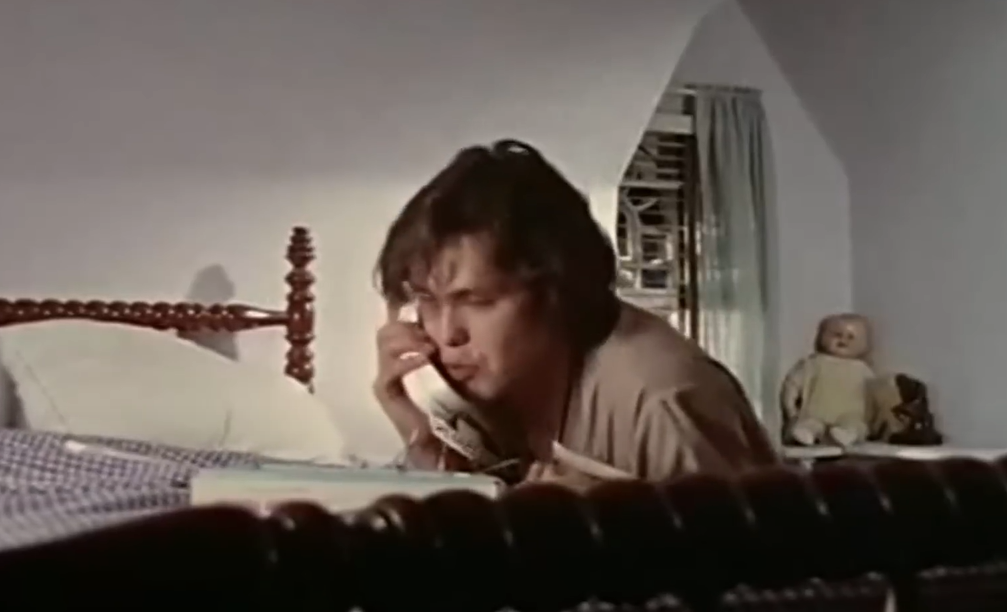 Braddock Associates, Martin (1977)
Braddock Associates, Martin (1977)
Ganja & Hess (1973)
Ganja & Hess is not only a vampire story, but a dark romance as well. It follows an archaeologist who, after being wounded by a cursed dagger, begins thirsting for human blood. Despite the outlandish premise, the film is masterfully crafted and depicts vampirism as a story of addiction, even though it’s not the last to do so.
 Kelly/Jordan Enterprises, Ganja & Hess (1973)
Kelly/Jordan Enterprises, Ganja & Hess (1973)
The Addiction (1995)
A few vampire movies act as an addiction allegory, but of course, The Addiction really delves into it. It tells the story of a philosophy grad student who becomes a vampire and has to live with her new desires. The film explores the journey of an addict, all the way from when it seems like everything is perfect to the inevitable rock bottom.
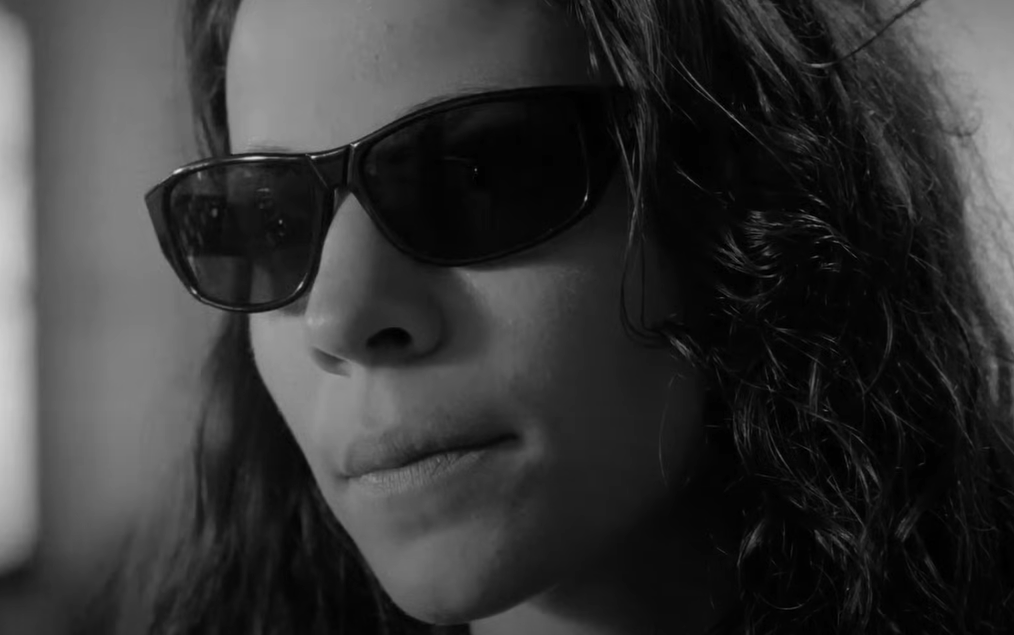 Fast Films, The Addiction (1995)
Fast Films, The Addiction (1995)
Near Dark (1987)
Near Dark was a subversion of the vampire subgenre ahead of its time. It follows a farm boy-turned-vampire who leaves to join a traveling group of them. Instead of the classic gothic vampires, this film depicts them as more relatable outcasts with a post-punk aesthetic. However, this next movie includes a very different set of traveling vampires.
Salem's Lot (1979)
Technically this is a mini-series—but it's the same length as a feature film and nonetheless deserves a place on this list. Salem’s Lot follows a horror writer who returns to his hometown to find it invaded by vampires. It’s one of the best Stephen King adaptations, with some truly chilling visuals.
 Warner Bros., Salem's Lot (1979)
Warner Bros., Salem's Lot (1979)
A Girl Walks Home Alone At Night (2014)
A Girl Walks Home Alone at Night subverts a few horror tropes as it follows not only a town being stalked by a vigilante vampire but also the vampire who is hunting those she deems deserving. It takes tragic immortality and turns it into a girl who sees it as her opportunity to fight evil.
 Say Ahh Productions, A Girl Walks Home Alone at Night (2014)
Say Ahh Productions, A Girl Walks Home Alone at Night (2014)
Nosferatu: A Symphony Of Horror (1922)
The one that started it all, Nosferatu, is a German silent film considered the original Vampire movie. This movie, while iconic, was more or less a retelling of the Dracula story with different names—many pf the details remained the same, prompting a lawsuit that had almost all the film’s copies destroyed. While this may be the first film under this name, it’s not the only one.
 Sala46 World, Nosferatu: A Symphony of Horror (1922)
Sala46 World, Nosferatu: A Symphony of Horror (1922)
Nosferatu The Vampyre (1979)
After the Dracula novel entered the public domain, director Werner Herzog was able to create a remake of Nosferatu, but with more accurate events and characters. It focuses more on the loneliness of Dracula, without losing the horrific nature of his legend, making this one of its best adaptations.







